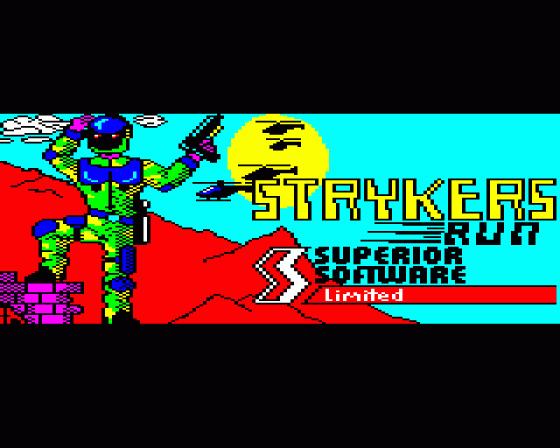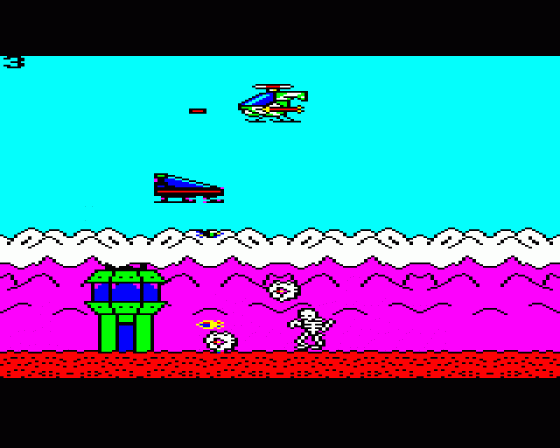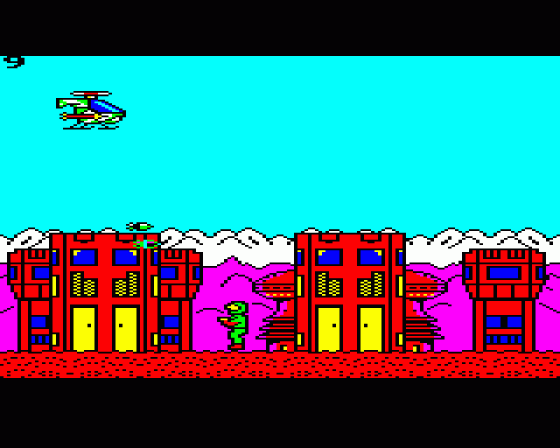Other Reviews Of Stryker's Run For The Acorn Electron
Stryker's Run/Codename: Droid (Superior/Acornsoft)
A review by Roland Waddilove (Electron User)
Stryker's Run (Superior/Acornsoft)
A review by Dave E (EUG PD)
Stryker's Run (Superior/Acornsoft)
A review by Dave Reeder (A&B Computing)
Stryker's Run (Superior)
First Stryke
Stryker's Run (Superior)
A review


 26th August 2018
26th August 2018

















